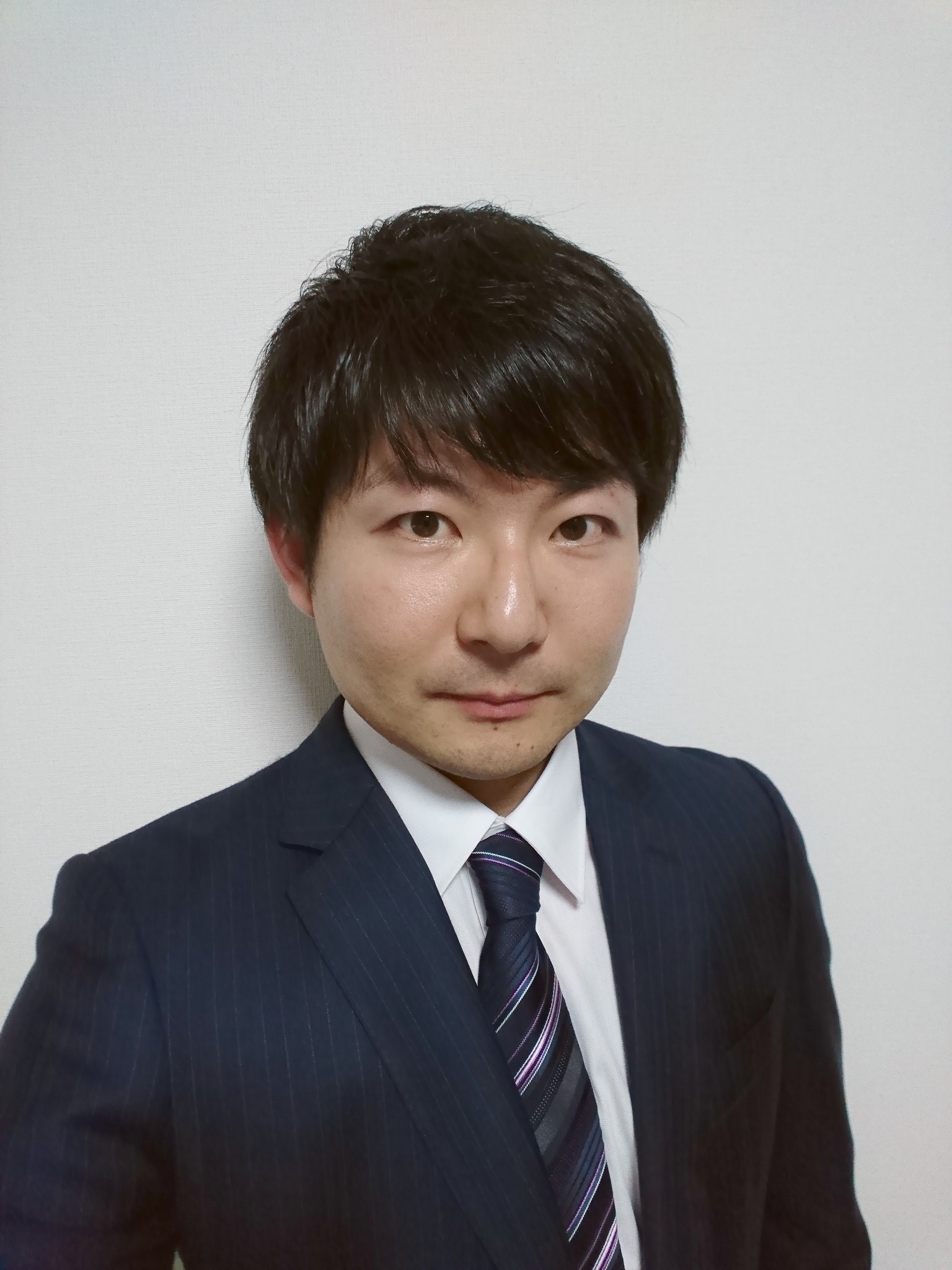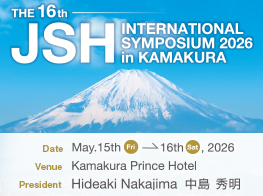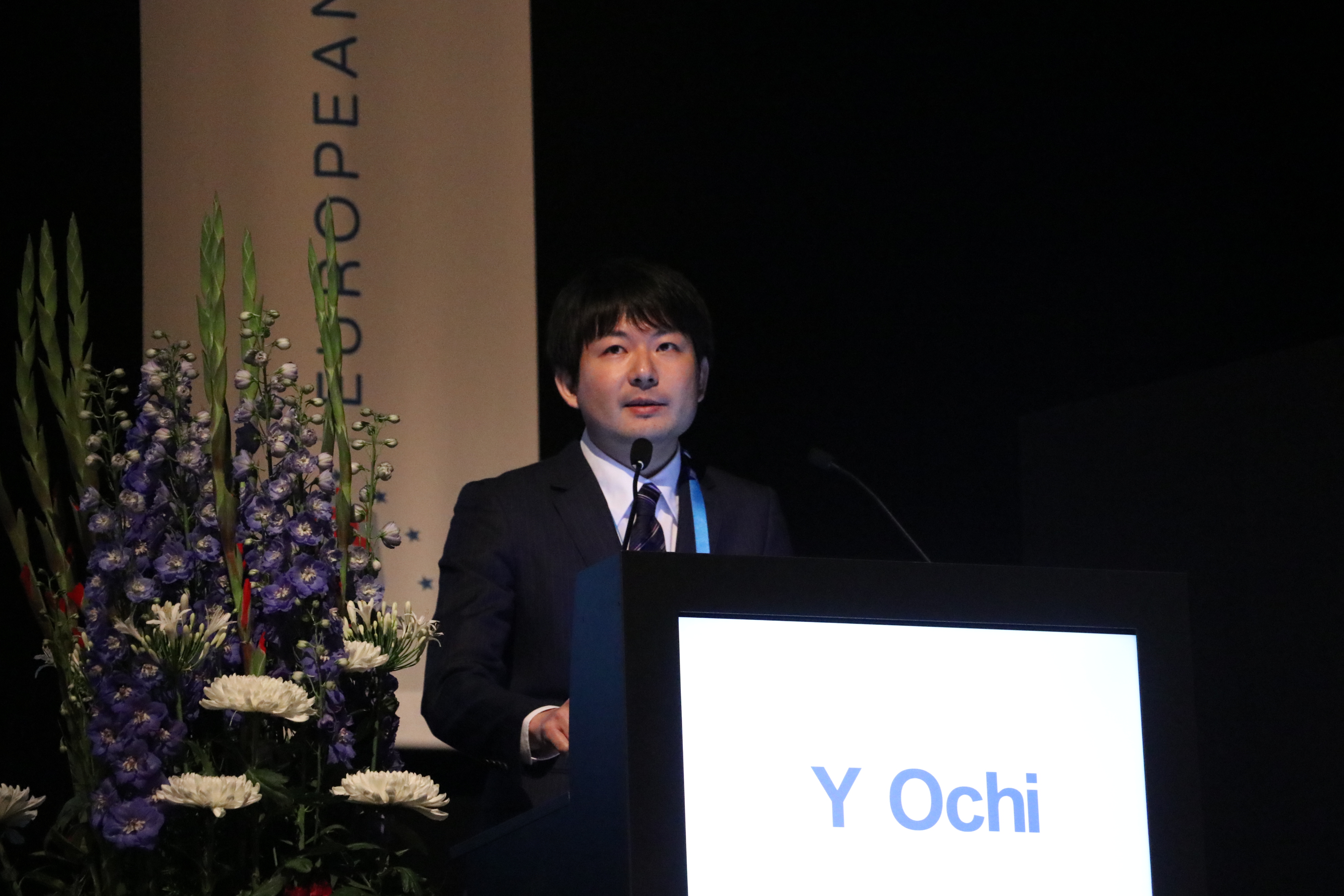
名前:越智 陽太郎【京都大学大学院医学研究科 血液腫瘍内科】
発表日時:2018年6月15日
発表形式:Oral
Title:
Stag2 regulates hematopoietic differentiation and self-renewal
Authors:
Yotaro Ochi1, 2, Ayana Kon1, Masahiro Marshall Nakagawa1, Keisuke Kataoka1, Kenichi Yoshida1, Haruhiko Koseki3, Manabu Nakayama4, Akinori Yoda1, Hideki Makishima1, Akifumi Takaori-Kondo2, Seishi Ogawa1, 5
Affiliations:
1 Department of Pathology and Tumor Biology, Graduate School of Medicine, Kyoto University
2 Department of Hematology and Oncology, Graduate School of Medicine, Kyoto University
3 Laboratory for Developmental Genetics, RIKEN Center for Integrative Medical Sciences
4 Chromosome Engineering Team, Department of Technology Development, Kazusa DNA Research Institute
5 Center for Hematology and Regenerative Medicine, Department of Medicine, Karolinska Institutet
Abstract:
Background: Cohesin is a multimeric protein complex, which was originally implicated in sister chromatid cohesion and more recently, in long-range regulation of gene expression by stabilizing 3-dememsional structure of the genome. Recently, multiple components of the cohesin complex are identified as recurrent targets of somatic mutations in various myeloid malignancies, of which STAG2 is most frequently mutated and inactivated; however, the leukemogenic mechanism of mutated-STAG2 remain largely unknown.
Aims: The aim of the study is to investigate the functional role of STAG2 in leukemogenesis as well as normal hematopoiesis.
Methods: We generated Stag2 conditional knockout (cKO) mice having an Mx1-cre allele, in which Stag2 deletion was induced by polyIC injection.
Results: Stag2 cKO mice showed a mild leukocytopenia. Flow cytometry of bone marrow cells revealed an increase in the frequency of hematopoietic stem and progenitor cells (HSPCs) defined as Lin-Sca-1+Kit+ (LSK) cells in Stag2 cKO mice. In the cell cycle kinetics analysis, Stag2 cKO HSPCs were characterized by an increase in the proportion of cells in S/G2/M phases. Within the myeloid progenitor (MP) compartment, we observed increased common myeloid progenitors (CMPs) and granulocyte-macrophage progenitors (GMPs), and decreased megakaryocyte/erythroid (MEPs) and common lymphoid progenitors (CLPs). Moreover, CD11b+Gr-1+ myeloid cells were increased in the bone marrow of Stag2 cKO mice. These results suggest that Stag2 deficiency causes skewing toward myeloid lineage.
In repeated methylcellulose cultures, Stag2 deficient BM cells showed an enhanced serial replating capacity, suggesting an increased self-renewal potential of Stag2 deficient hematopoietic stem cells (HSCs). In competitive repopulation assays, Stag2 cKO-derived cells showed reduced chimerism in the peripheral blood compared to wild-type mice-derived cells. In the bone marrow, by contrast, the chimerism of Stag2 cKO cells was not significantly changed, but tended to increase in the LSK, CMP and GMP fractions and decrease in the MEP and CLP fractions. These results suggest that Stag2 deficiency could enhance the self-renewal capacity of HSCs, while differentially impacting on their contribution to different hematopoietic cell fractions due most likely to the deregulated differentiation of HSCs.
We next investigated differential expression profiles between Stag2 WT and cKO cells using RNA sequencing of HSPC fractions. We observed significant up-regulation of key hematopoietic regulators, including Gata1, Gata2 and Runx1, which are implicated in the differentiation of HSCs. Of particular interest in this regard, assays for transposase accessible chromatin with sequencing (ATAC-seq) revealed a significant enrichment of the binding sites for Gata1, Gata2, and Runx1 in the open chromatin regions in Stag2-deleted HSPCs. We also observed up-regulated expression of genes related to myeloid programs, such as Mpo and Cebpa, while expression of several genes involved in the lymphoid development such as Cd9 and Irf4 were down regulated. These results indicate that Stag2-deficient HSCs are primed to differentiate toward myeloid lineage, which is in agreement with in vivo hematopoietic phenotypes.
Conclusions: Our results demonstrate that Stag2 loss leads to the impaired hematopoietic differentiation and enhances the self-renewal potential of HSCs, likely through the modulation of gene expression and chromatin accessibility, which may contribute to leukemogenesis in STAG2-mutated cells.
EHA2018参加レポート
この度は23rd Congress of European Hematology Association(EHA)での発表にあたり,日本血液学会EHA Travel Awardの受賞を賜り,誠に有難うございます。今年のEHAはスウェーデンのストックホルムにて,2018年6月14日から17日まで開催されました。学会会場はストックホルム中央駅から地下鉄で10分程とアクセスは比較的良好であり,また,EHA参加者は近隣の公共交通機関を無料で利用することができました。ストックホルムは非常に過ごしやすい夏の時期で,夜は10時頃まで明るく,食事や観光にも最適な季節であり,大変充実した時間を過ごすことができました。また,サッカーワールドカップの期間でもあり,街中は夜遅くまで盛り上がりをみせていました。
私は今回,Stag2遺伝子条件付きノックアウトマウスの解析結果に関して,口頭発表をいたしました。急性骨髄性白血病(AML)や骨髄異形成症候群(MDS)の10~20%程度にコヒーシン関連の遺伝子変異が認められることを,私の所属する研究室より近年報告いたしました。これらのコヒーシン遺伝子変異の中で,最も頻度の高いものがSTAG2の変異です。コヒーシンは細胞分裂などに関わることが古くから知られておりますが,近年では遺伝子発現を制御するエピジェネティック制御因子としての機能も知られるようになり,改めて脚光を浴びています。今回,Stag2をマウス造血系でノックアウトすると,造血幹細胞の増加や自己複製能の向上,さらには骨髄系細胞への分化の偏重が認められるなど,骨髄系腫瘍発症の基盤となり得る変化が造血系に生じることを示しました。さらに,RNAシーケンスやATACシーケンスなどの網羅的解析を通じて,分子機序として,造血幹細胞の維持・分化に重要とされるGata1,Gata2,Runx1などの転写因子群の発現,活性の上昇を示しました。以上より,コヒーシン異常はエピジェネティックな制御の変化を生じさせ,造血幹細胞の機能,分化に影響を及ぼし,ひいては白血病発症にもつながり得るのではないかと考えられました。口頭発表後には,会場より本研究に関して様々な質問や意見を頂き,とても参考になりました。
私は今回,EHAに初めて参加いたしました。ASHに比べ規模・会場はコンパクトでしたが,発表演題のレベルは全体的に高く,また教育講演も充実しておりました。会場間の移動がしやすく,比較的時間に余裕をもって各セッションに参加することができました。私の研究テーマに関係した研究結果も報告されており,自分の研究の長所・短所について改めて客観的に考えるきっかけとなったと同時に,今後の研究の展望を再考する良い機会となりました。また,特に欧米諸国からは基礎研究領域全般において非常にレベルの高い研究が多数報告されており,日ごろより世界の動向に注意し,常に最先端の知識をブラッシュアップさせていく必要があると感じました。国内外の研究者の方々とお話しさせて頂く機会も多く,非常に良い刺激を受けることができました。
今回このような大変貴重な機会を与えてくださった日本血液学会事務局,国際委員の方々,日ごろより研究のご指導を頂いております髙折晃史先生,小川誠司先生に心より感謝申し上げます。




